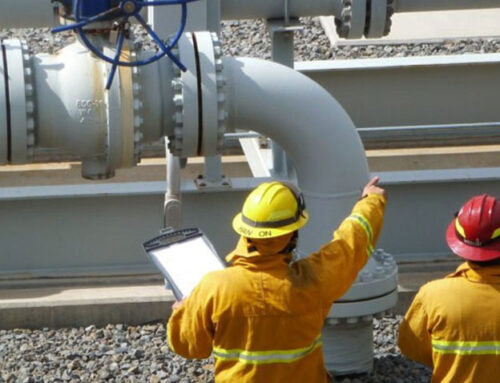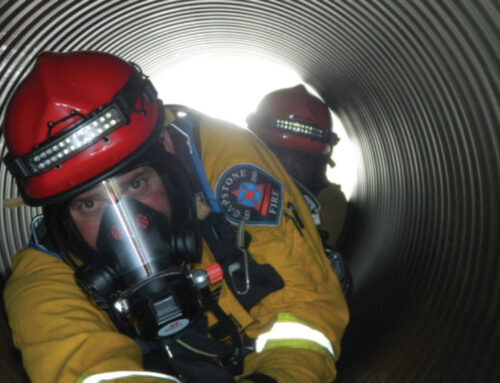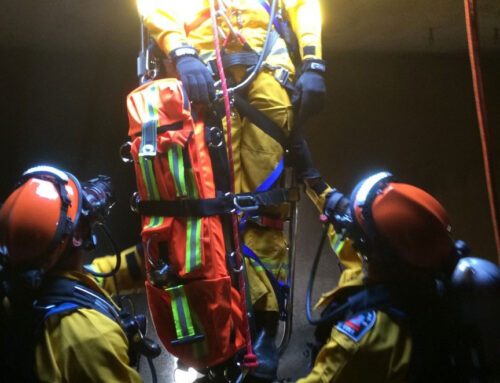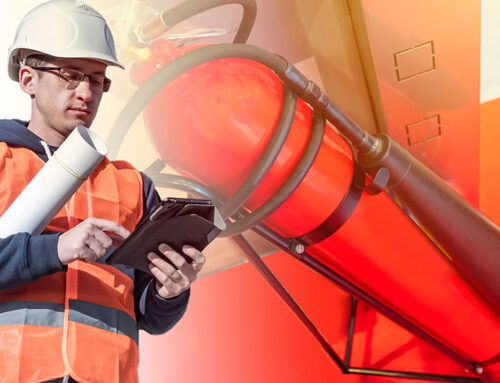The Occupational Safety and Health Administration (OSHA) has a Subpart specific to Construction and regulates the General Safety and Health of construction workers. This is 29 Code of Federal Regulations (CFR) 1926 Subpart C. Subpart C can be considered the construction general duty clause. This post will reveal some of the secrets contained in this provision.
Secret 1.
1926.20(a)(1) give the requirement for contractor which will dictate what is the acceptable conduct for construction, alterations, and repair including (decorating and painting). The contractor and subcontractor are required to not have workers work in unsanitary, hazardous, or dangerous conditions causing them injury or illnesses.
Secret 2
Accident prevention responsibilities are clearly outlined in 1926.20(b) as to have a safety and health program initiated and maintained. Where there are frequent and regular inspections of:
- The job site
- Materials
- And equipment
This inspection must be made by the designated competent person which and only be designated by the employer. OSHA does not have classes authorizing an individual to be the competent person after completion of the course. Though a designated person would benefit greatly from taking an OSHA 30 hour construction course, OSHA 510 course, or the OSHA 501 trainer’s course.
Secret 3
Machinery or tools being used must be in good working condition and in compliance with their applicable standard. If not, they must be either identified as unsafe by tagging or locking the controls, so they can not operate or taken off of the construction site. Additionally, only workers qualified by training or experience are permitted to use equipment and machinery.
Secret 4
There are some General Industry standards (29 CFR 1910) applied to construction activities. OSHA’s policy is to apply only the 1910 standards included in the Federal Register. 1926.20(d)(2) is the paragraph of the standard explaining this provision, but a citation may also read as a OSH Act 5(a)(1) General Duty Clause.
Secret 5
There is a Personal Protective Equipment (PPE) subparagraph in this Subpart in addition to Subpart E. The extra provision requires the employer to provide the PPE workers need because of hazards to employees imposed a separate compliance duty with respect to each covered employee. This means failure to provide PPE for workers is considered a separate violation per employee.
Secret 6
Training on hazards and related matters are required and will be cited on a per employee basis for any failure to train the workers. The employer must train affected employees per the specific requirement of the standard. Employers must train workers to:
- Recognize and avoid unsafe conditions
- Regulations applicable to his work environment to control or eliminate any hazards or other exposures to illness and injury
Secret 7
Workers handling or use poisons, caustics, and other harmful substances must be instructed:
- Regarding the safe handling and use of the substances
- Regarding the potential hazards
- On personal hygiene
- On personal protective measures required for the use and handling of the substances
Secret 8
First aid services and provisions for medical care must be available to the workers. Subpart D of 1926 says employers must make sure workers have prompt medical attention for cases deemed serious injuries. Although the regulations do not specify what “prompt” constitutes in terms of time, in a January 16, 2007 letter of interpretation, OSHA says: While the standards do not prescribe a number of minutes, OSHA has long interpreted the term “near proximity” to mean emergency care must be available within no more than 3-4 minutes from the workplace, an interpretation that has been upheld by the Occupational Safety and Health Review Commission and by federal courts.
Secret 9
The employer must have a fire protection and prevention plan developed and maintained throughout all stages of construction, repair, alterations, or demolition work. Additionally, there must be fire protection and suppression equipment available per the Subpart F requirements.
Secret 10
The definition section of this standard is complete with the definition of several key terms often misunderstood such as, but not limited to:
- Approved
- Authorized person
- Competent person
- Construction Work
- Defect
- Designated person
- Hazardous substance
- Qualified person
- Safety factor
- Shall
- Should
- Suitable
Understanding these 10 secrets for complying with the Subpart C of the construction standard will assist you in a basic knowledge of the general safety and health provision for construction workers.
For more information about Capstone’s safety services, contact us or visit our Site Safety and Compliance webpage.





